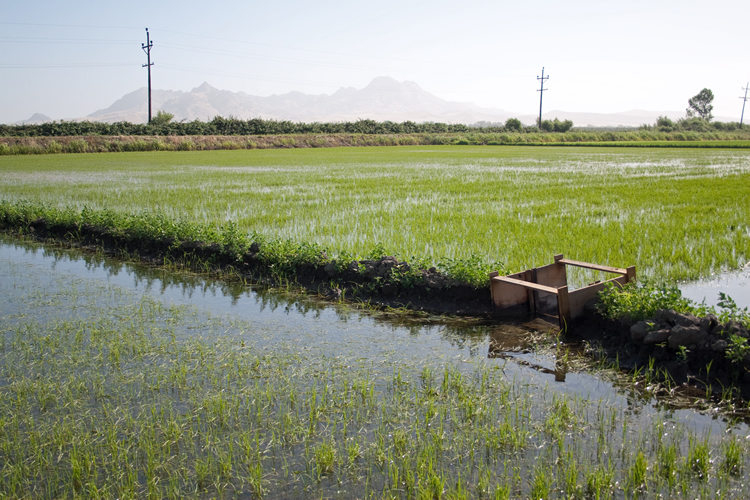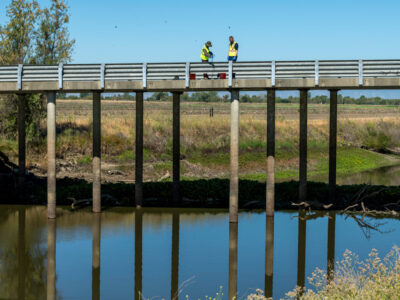Water Quality Is Our Collective Stewardship
The water quality monitoring under the Rice Pesticide Program (RPP) will begin on April 29th. The RPP monitors for thiobencarb for 10 consecutive weeks at 4 agricultural drain sites and one site in the Sacramento River near downtown Sacramento.
The water quality monitoring under the Irrigated Lands Regulatory Program (ILRP) Waste Discharge Requirements (WDR) will begin on May 6th. The WDR program has expanded monitoring parameters in the 2025 “assessment” year, which will include expanded number of sample locations (7 total), additional water quality constituents and water and sediment toxicity. The surface water programs will continue through August. Groundwater monitoring for nitrates at 11 select shallow wells across the rice-growing areas of the valley will be conducted in August.
Additional monitoring is being conducted under our Surface Water Quality Management Plan – Pyrethroids at the upper Colusa Basin Drain and Sacramento Slough near Karnak monitoring locations. Growers in these watersheds will be required to report on pyrethroid use practices and information in the fall of 2025 as administered by the Rice Commission. Pyrethroids are primarily used in rice to control rice water weevil and tadpole shrimp. Pyrethroid products can be toxic to fish and aquatic organisms, adhere readily to soil, and have a 7-day water hold when applied to rice. It is imperative that growers and applicators follow the label conditions and retain sediments in the growing basins.
The results of the water quality monitoring programs are used by the Central Valley Water Board and other stakeholders to determine compliance with rice’s regulatory orders and to evaluate our industry management practices.
For more information, contact the CRC’s Industry Affairs Manager Craig Riddle at criddle@calrice.org or (916) 812-3468.



